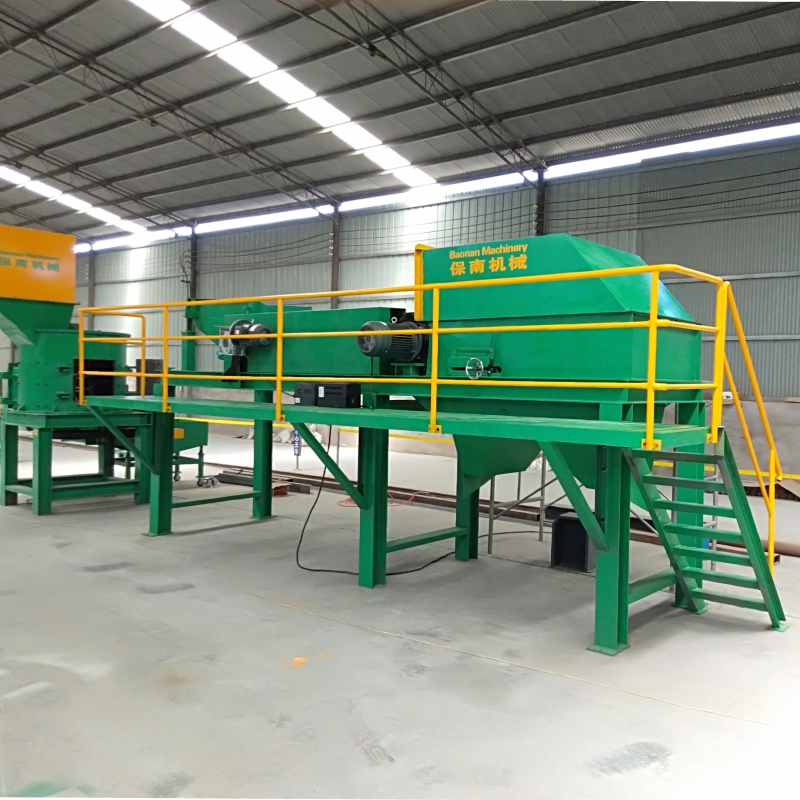

Nov. . 01, 2024 18:29 Back to list
The Importance of Hammers in Crushers
When it comes to the processing of various materials, crushers play a pivotal role. They are used in a wide range of industries, from mining to recycling, effectively breaking down large pieces of material into smaller, more manageable sizes. A crucial component of many crushers is the hammer, which significantly impacts the efficiency and effectiveness of the crushing process.
Understanding the Function of Hammers
Hammers in crushers are typically made from durable materials such as manganese steel or other high-strength alloys. Their primary function is to apply force to the material being processed. As the crusher's rotor spins, the hammers strike the material, creating sufficient pressure to fracture it. This process can be compared to the way a hammer is used in construction to drive nails into wood; the force applied results in a desired outcome—in this case, reduced material size.
Types of Hammers
There are various types of hammers used in crushers, each designed for specific applications. For instance, heavy-duty hammers are used in primary crushers to handle larger feed materials, while lighter hammers may be employed in secondary crushers for finer materials. Additionally, there are specialized hammers designed for particular materials, such as asphalt or concrete, ensuring optimal performance and longevity.

Wear and Tear The Challenge of Durability
One of the significant challenges in using hammers in crushers is wear and tear. Given the immense forces at play, hammers can degrade over time, impacting the overall efficiency of the crushing process. Regular maintenance and timely replacement are essential to ensure that the hammers continue to perform optimally. Advances in material science have also led to the development of more resilient hammer designs that can withstand higher stress and extend their lifespan.
Efficiency and Energy Consumption
The efficiency of a crusher is influenced not just by the design of its hammers but also by how well these components are partnered with the rest of the system. Properly matched hammers and rotors can lead to significant energy savings during the crushing process. Modern crushers are designed to maximize the kinetic energy transferred from the rotating hammers to the material, minimizing energy loss and enhancing throughput.
Conclusion
In conclusion, hammers are an indispensable part of the crushing process. Their design, durability, and suitability for specific applications can significantly impact the efficiency and effectiveness of crushers in various industries. As technology continues to advance, the development of innovative hammer materials and designs will further enhance the capabilities of crushers, enabling them to meet the growing demands of the market. For anyone involved in material processing, understanding the role of hammers in crushers is essential for optimizing performance and achieving the desired results in their operations. Proper attention to this crucial component can lead to better productivity and cost savings in the long run.
Latest news
Troubleshooting Common Eddy Separator Problems
NewsJul.04,2025
The Role of Metal Recycling Plants in Circular Economy
NewsJul.04,2025
The Impact of Recycling Line Pickers on Waste Management Costs
NewsJul.04,2025
Safety Features Every Metal Shredder Should Have
NewsJul.04,2025
How Industrial Shredders Improve Waste Management Systems
NewsJul.04,2025
How Cable Granulators Contribute to Sustainable Recycling
NewsJul.04,2025